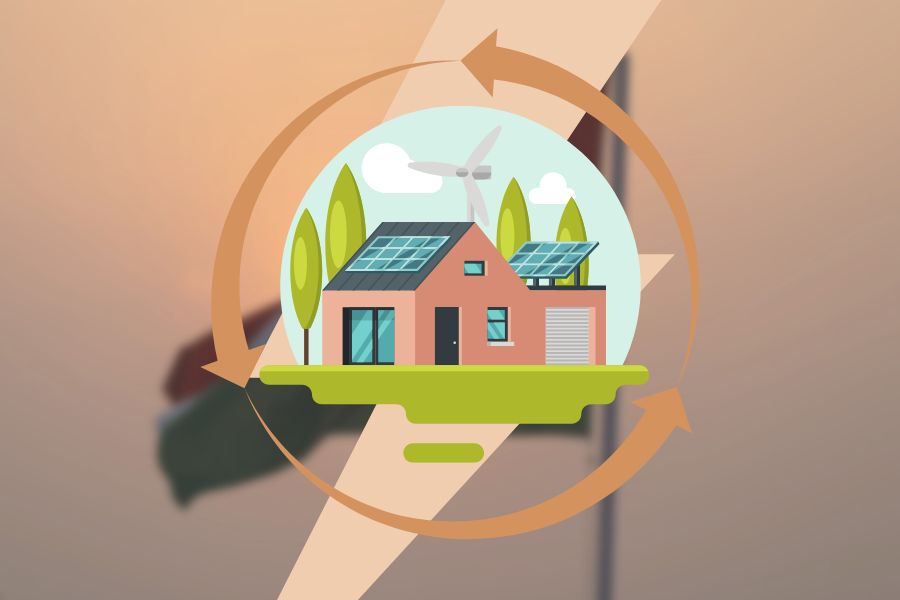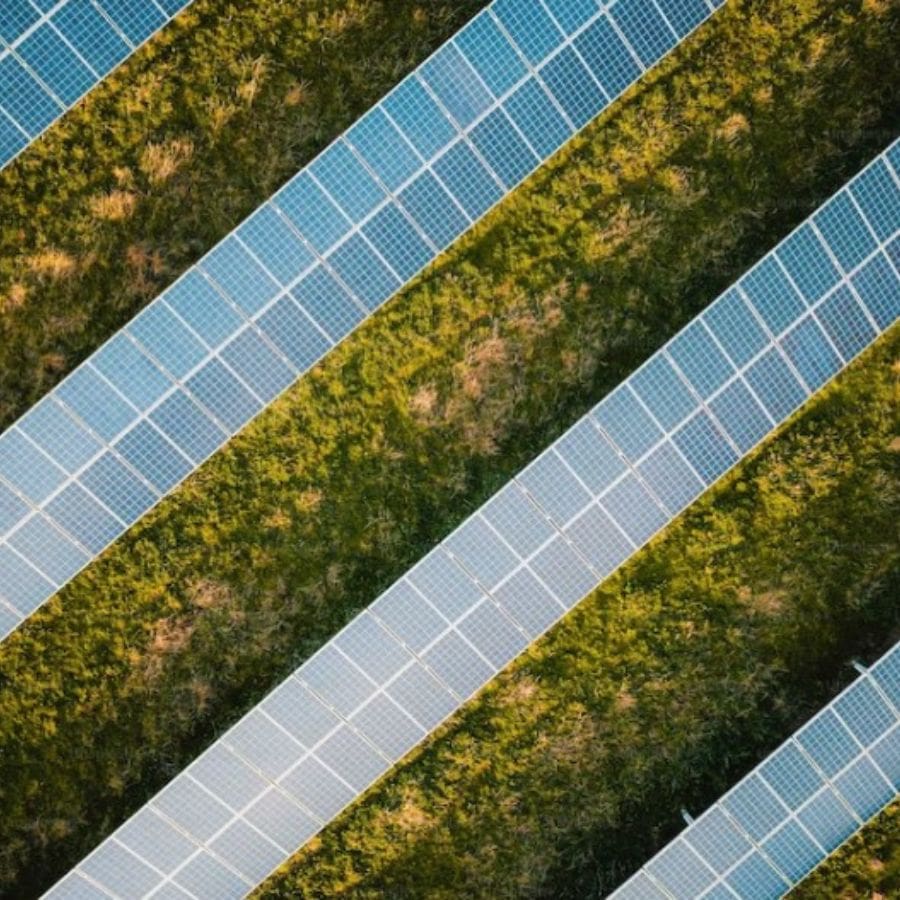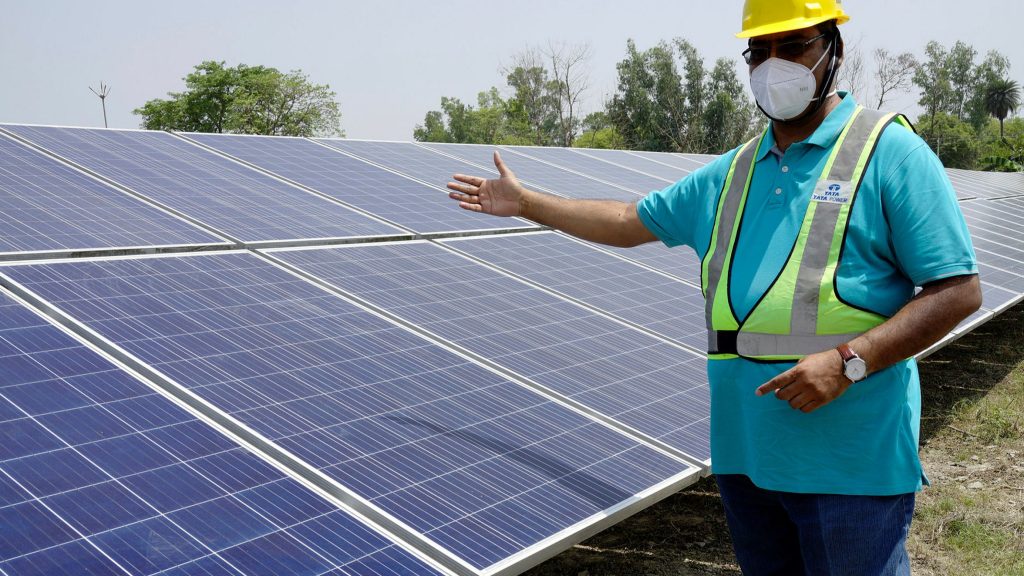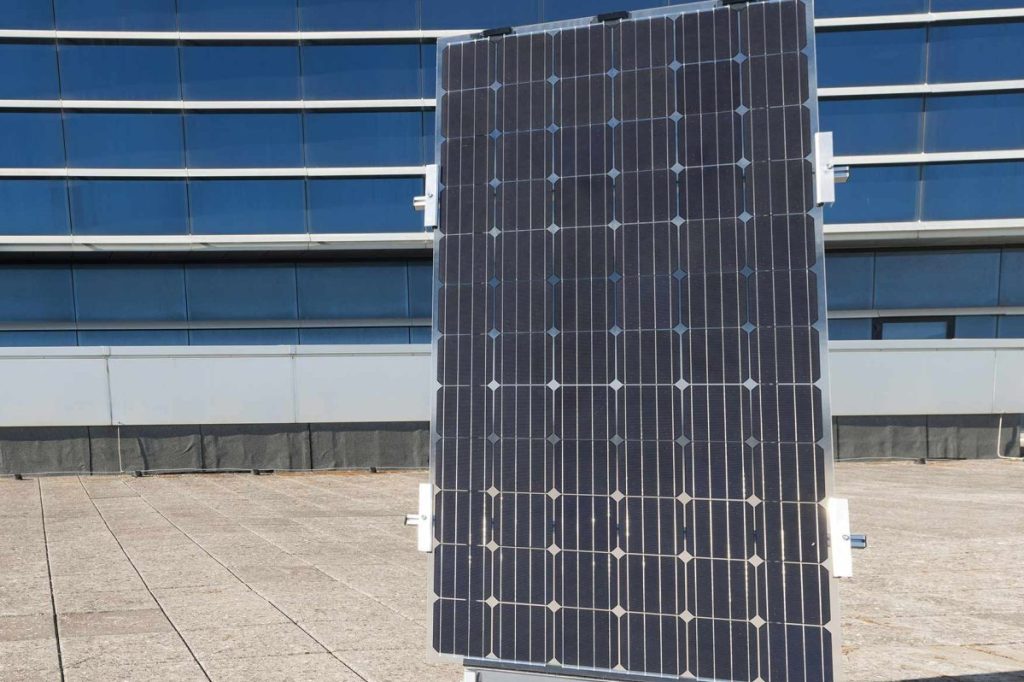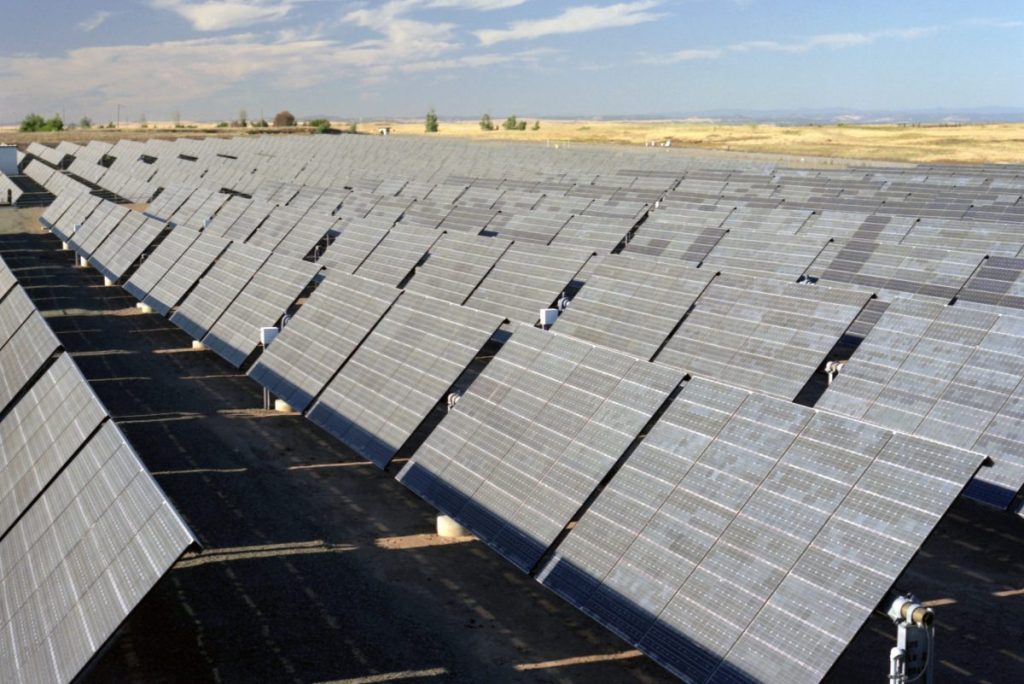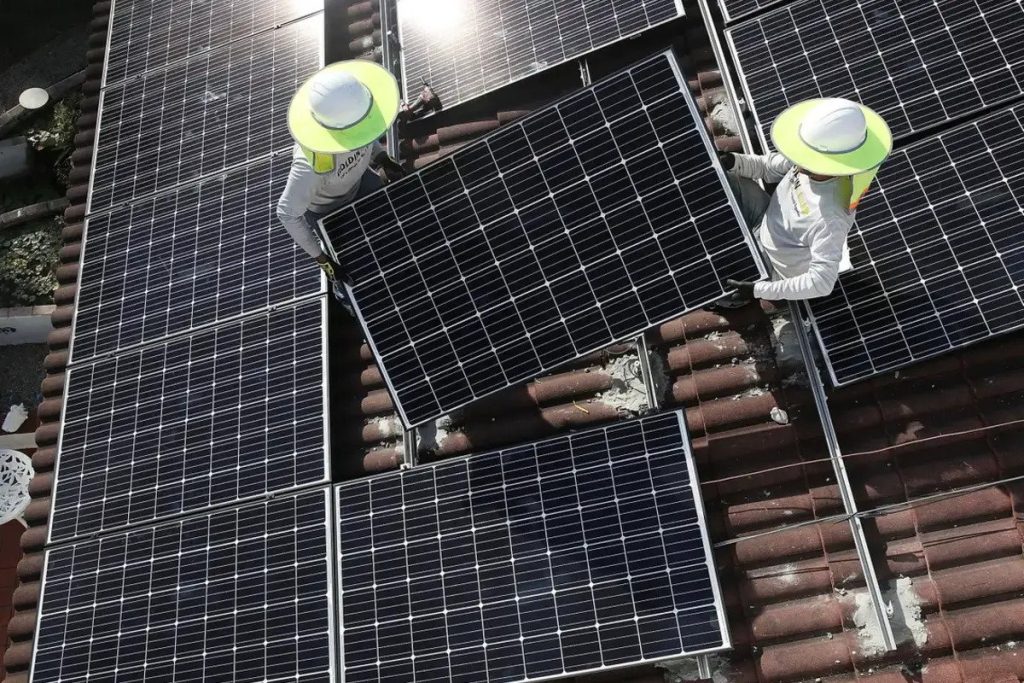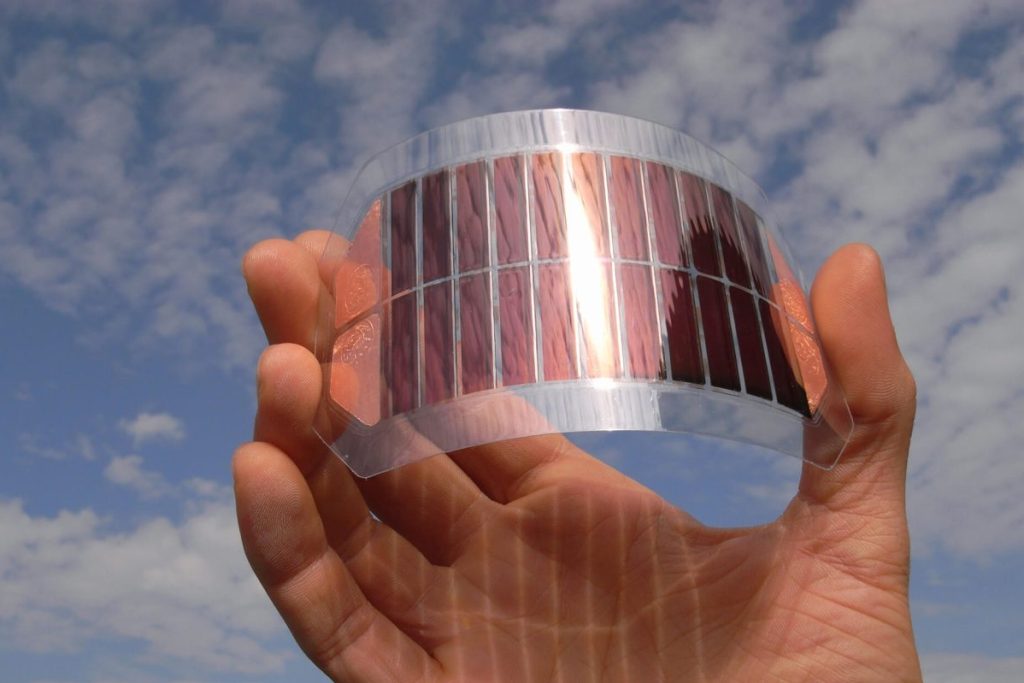Wondering how much KW is required for a house in India? Well, we got you covered. With the growing concern for environmental sustainability and the increasing cost of conventional energy sources, many households in India are turning to solar power as an alternative energy solution.
Solar power offers a clean, renewable, and cost-effective way to meet the energy needs of a house. However, determining the correct capacity of the solar power system can be a complex task. Tools like a kilowatt hours to watts calculator can be invaluable in making these calculations.
This article will explore the factors influencing the required kilowatt (KW) capacity for a house running on solar power in India. We’ll also guide you on how to use these calculators to estimate your home&#…
Renewable energy is at the forefront of global efforts to combat climate change and transition towards a sustainable future. Solar power has emerged as a promising solution among the various renewable energy sources. According to Irish Solar, even businesses are joining the solar power switch for sustainability and lower costs.
This article delves into the concept of solar farms in Ireland, exploring their potential, current status, benefits, and challenges.
The Potential of Solar Energy in Ireland
…
In simple terms, smog is air pollution that lower visibility. This pollution occurs as a result of harmful pollutants like carbon monoxide (CO), nitrogen oxides (NOx), sulfur dioxide (SOx), and volatile organic compounds.
How is Smog Formed?
The main components of smog are ground-level ozone and airborne particulate matter. Ground-level ozone is formed when volatile organic compounds and nitrogen oxides create a chemical reaction where there is sunlight.
On the other hand, particulate matter compromises solid particles and tiny liquid droplets emitted during combustion. Particulate matter can also be introduced to the atmosphere due to chemical reactions involving…
Also known as acid deposition or acid precipitation, acid rain is precipitation that contains acidic components like nitric or sulfuric acid. Acid rain occurs nitrogen oxides and sulfur dioxide are released into your atmosphere through air currents or winds.
Both nitrogen oxides and sulfur dioxides come from natural sources like burning fossil fuels, manufacturing, and heavy equipment. Before falling to the ground, these acidic components mix with oxygen, water, and other components. They can also collect on the surface of the earth and combine with the rain to form acid deposition.
The acidity of Acid Rain
A pH scale is used to measure the acidity and alkalinity of …
There is no denying that pollution is a worldwide problem. Pollution is typically the introduction of toxic and harmful substances into the air, water, soil, or food, which can negatively impact human, animal, or plant life.
Pollution can be manmade or a result of natural causes. Here, we will explore the most common types of pollution and their causes.
Air Pollution– Air pollution is the release of harmful substances like toxic gases, chemicals, and biological molecules into the air. This type of pollution can lead to certain illnesses, ozone depletion, and worse, global warming if left unattended.
Water Pollution…
Simply put, solar power is typically the conversion of the sun’s renewable energy into electricity. This can be done through photovoltaic or concentrated solar power. Some countries in the world have adopted the use of solar power, with China and the United States leading in the total solar energy capacity in the world.
In Germany, solar power makes up the highest percentage of electricity production. Solar energy is cost-effective and an effective way to help lower energy bills. Besides homes, businesses and utilities are also installing solar panels and solar power plants to supply solar energy to clients connected to the grid.
In this article, you will learn more about the two main types of…
Solar photovoltaic cells convert energy from the sun into electricity. There are different types of PV cells used from different materials, with the most common material used being silicon. The different types of photovoltaic cells include:
1. Monocrystalline Silicone Cell
This is one of the main types of photovoltaic cells on the market. Produced from monocrystalline silicon, this solar PV cell has 15% efficiency, which makes it one of the most effective PC cells on the market.
It is made with monocrystalline silicon, which is high purity silicon. The single-crystal silicon seed is dipped in molten silicon before it is slowly pulled out. This creates a single-crystal …
In 1839, French experimental physicist, Edmond Becquerel discovered the photovoltaic effect while experimenting with an electrolytic cell. Simply put, the photovoltaic effect is the process of generating electric current from a photovoltaic cell to convert sunlight into electricity.
In his experiment with metal electrodes and electrolytes, Edmond established that the cell’s voltage increased during exposure of silver plates to sunlight. The efficiency of the solar cells was established to be 1% to 2% in 1870. In 1873, Willoughby Smith, an American engineer, discovered the photosensitive selenium properties.
In 1883, Charles Fritts created the first silicon and gold cell. The Photovoltaic Effects…
The electricity generated by photovoltaic cells by converting radiant solar energy is commonly referred to as photovoltaic electricity. The conversion process uses the principles of the photoelectric effect, which was a theory proposed by Albert Einstein.
Many photovoltaic cells are found in solar panels to harvest any incoming light from the Sun and generate it into an electric current. This generation of electricity is done by the flow of electrons found in a semiconductor, whose atomic orbits were disturbed by the incoming photons bringing them to a higher energy state.
With technology becoming cheaper and the push for renewable energy becoming more prominent, photovoltaic electricity has …
A photovoltaic (PV) cell is a type of technology used to harvest energy. The solar energy then goes through the photovoltaic effect process and is converted into useful electricity. PV cells have come in different types, but they all interact with incoming photons from the Sun using semiconductors to generate electricity.
PV Cell Layers
Many layers of materials make up a photovoltaic cell, with each one having its own specific purpose. The semiconductor layer is the most important layer of the PV cell. It has its own two distinct layers called the ‘p-type’ and the ‘n-type’. This layer is where the photovoltaic effect takes place and is, therefore, the layer responsible for converting solar energy into an electric …

